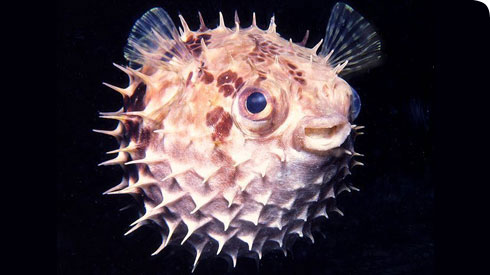Evolution
It is generally accepted that the astonishing diversity of life on our planet is the result of a process called evolution, which drives organisms to change gradually over time. While the basic concept of organisms evolving is not a difficult one, understanding how evolution works, and how evolutionary theory was developed, is more complex.
-

What is evolution?
Evolution can loosely be defined as genetic change over time, but there is much more to it than that.
-

What is the evidence?
Both fossils from long ago and organisms alive today provide evidence for evolution and help us to better understand how the process works.
-

How did evolutionary theory develop?
Like many new ideas, the theory of evolution was not immediately accepted by everyone when it was proposed. Discover who was for and against the theory and why.
-

Human evolution
Explore how our own species, Homo sapiens, evolved and investigate how different we are from our early human relatives in this section about the origins of humans.
-

Sex and evolution
Why did sexual reproduction evolve? And why is it so widespread? Watch the animation to explore one of the most popular theories for why sex is so successful and discover what advantage it offers over asexual reproduction.
-

The Tree of Life
Darwin was the first to come up with the idea of a Tree of Life, but since then there have been many different versions and interpretations. Find out more.
Teaching evolution: Great Debate Schools Workshop
Plunge your students into the historic debate surrounding Darwin's theory of evolution with this workshop at the Museum.
Toolbox
Evolution app for iPad

Explore more than 650 million years of Earth's extraordinary history with our first app for iPad, NHM Evolution.
Learn about more than 800 creatures and plants, examine spectacular 360° high definition fossil images and watch specially-commissioned videos of Museum experts discussing the latest evolutionary theories.
